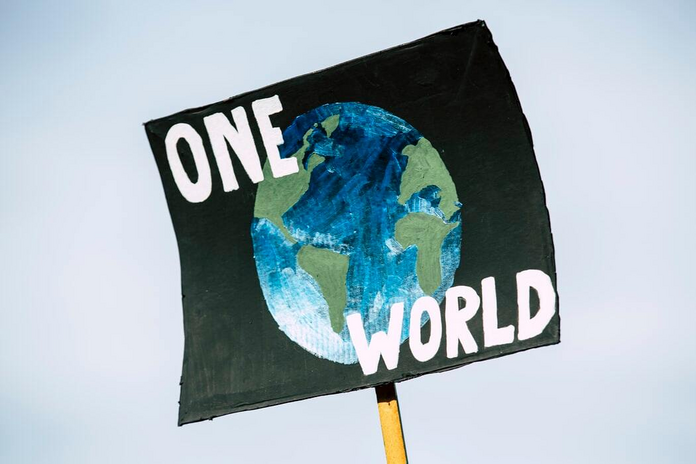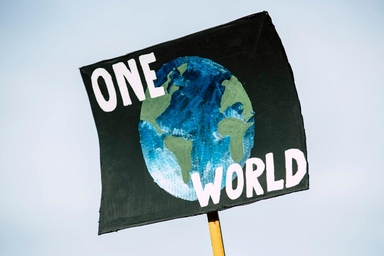Earth Day is an annual event that promotes protecting the environment and engages more than one billion people around the world every year. Although Earth Day might seem like it was always around, the very first Earth Day was just over 50 years ago; it grew from a small demonstration in California to a globally recognized event. Since Earth Day is right around the corner, here is a brief introduction to the history of Earth Day and the accomplishments that have happened as a result.
1970s
The first Earth Day was in 1970. It was created by senator Gaylord Nelson, who recruited activist Dennis Hayes to organize teach-ins and educational activities to raise awareness about environmental issues. These demonstrations lead 20 million Americans to protest the destruction of the environment due to air and water pollution. This new movement provoked government action while encouraging individuals to pick up trash and travel on bike or foot instead of driving. Within the next few years, Congress passed the Clean Air Act and Clean Water Act, which limit pollutants in the air, lakes, rivers and streams.
1980s

As a result of the increased environmental consciousness that arose in the 1970s, there was a huge increase in environmental legislation by 1980. These include the Endangered Species Act, Safe Drinking Water Act, the Resource Conservation and Recovery Act. In 1985, the discovery of the “hole” in the ozone layer led to worldwide efforts to protect the ozone and brought on mainstream conversations about climate change for the first time.
1990s

By 1990, Earth Day became a global movement that included the participation of 200 million people in 141 countries. There was a large emphasis on increasing recycling efforts to reduce waste. In 1992, the UN held the Earth Summit, a conference in Rio de Janeiro, Brazil where they discussed environmental protection and sustainability goals. Shortly after, the UN Kyoto Protocol was signed, where commitments were made to reduce greenhouse gas emissions.
2000s
At the turn of the millennium, 184 countries participated in celebrating Earth Day with a focus on global warming and clean energy. There was a strong demand for change from local and global leaders. People used the internet to organize protests and demonstrations including a drum chain that traveled throughout several villages in Gabon, Africa.
2010s

In the 2010s, Earthday.org was introduced and brought opportunities to volunteer and engage in the environmental movement. To celebrate Earth Day’s 40th anniversary in 2010, there was a climate rally and concert on the National Mall in Washington, D.C. In 2010, an initiative called A Billion Acts of Green encouraged people to participate in actions such as planting trees and clean-ups and invite others to participate. In 2018, teenage activist Greta Thunberg protested global warming in front of the Swedish parliament, which was extremely influential and led to over 17,000 students participating in climate strikes.
2020s

Observing the history and evolution of Earth Day is a way to show how the people who were passionate about protecting the environment and pushed for action have created positive changes on local and global scales. What will Earth Day 2021 bring? Earth Day’s theme for this year is “Restore Our Earth.” It will include three days of climate action through virtual summits and panel discussions about topics such as new green technologies and efforts to restoring the ecosystem. This Earth Day, you can do your part by making environmentally conscious decisions like cleaning up litter, using sustainable products and using your knowledge and your voice to push for greater change.
Want to see more HCFSU? Be sure to like us on Facebook and follow us on Instagram, Twitter, TikTok, Youtube and Pinterest!



